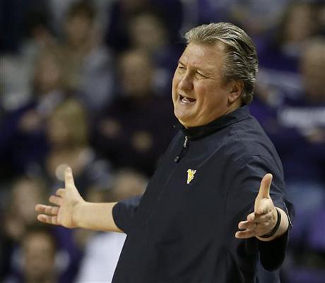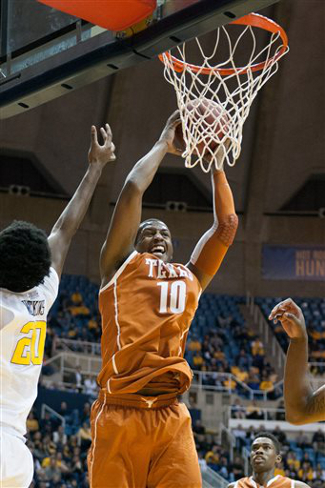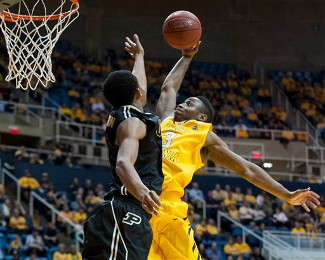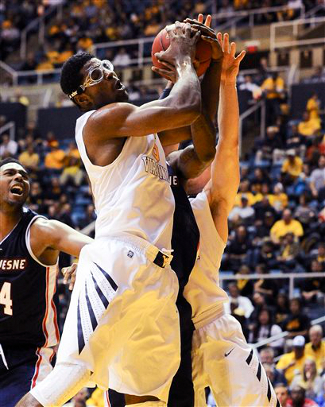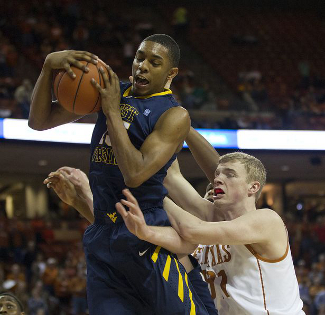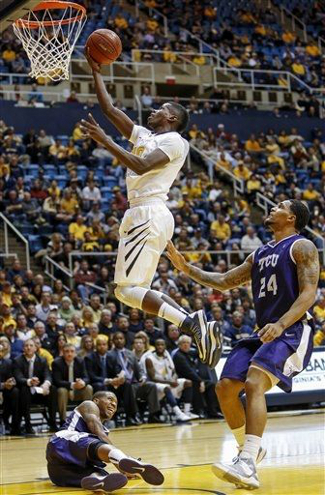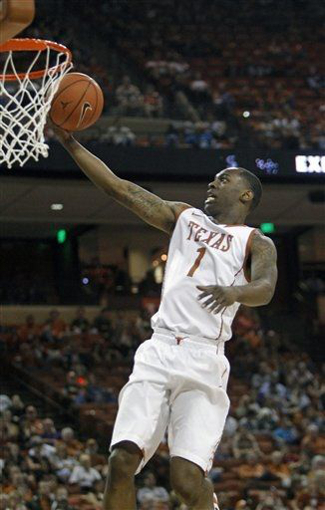Frank Erwin Center | Austin, TX | Tip: 5:15 P.M. CT | TV: ESPN Vegas: Texas -3 | KenPom: West Virginia, 68-67 (51%) It’s no secret that the Big 12 is the nation’s toughest conference this year. You can’t flip on a game without hearing an announcer talking about the depth of the Big 12, and the statistics have backed up that nice bit of conference PR. Although the ACC has more elite teams near the top of its league than the Big 12 does, there are certainly some nights that the ACC’s good teams can give a sub-par effort and still log a win. In the Big 12, there are eight solid teams, and a pair of average ones that can still put a scare into the rest of the league. With no guarantee games, every win is a precious commodity, and the margin for error is extremely slim. Texas quickly found that out after conceding home court to Oklahoma in a 21-point thrashing nearly two weeks ago. The Longhorns traveled to Stillwater later that week as underdogs, and played according to script in a game that the Cowboys controlled comfortably. Just like that, the Longhorns found themselves sitting at 1-2 in a conference where just finishing with a winning record will be a badge of honor. To stay relevant in the nation’s toughest conference, Texas must defend its home court and pick off a few road games that it isn’t favored to win. Thanks to that embarrassment at the hands of the Sooners, home wins become even more important, while the pressure for those road wins has increased. Unfortunately, with eight teams currently ranked in Pomeroy’s Top 50, defending home court is still a tall order. Although Vegas still considers Texas the favorite tonight, Pomeroy’s model gives the Mountaineers the edge in what is essentially a toss-up.
West Virginia’s defense constantly forces turnovers Keys to the game 1) Handle the pressure – West Virginia currently owns the nation’s best turnover percentage, forcing miscues on more than 31% of their defensive possessions. The Longhorns have struggled to hang on to the ball even against mediocre defenses, so they will likely waste quite a few possessions tonight and give up some easy fast break buckets. If they can limit the damage caused by West Virginia’s pressure, they can keep themselves in a position to win. The Mountaineers love to press after made baskets, but they also will trap opponents when settling into half-court sets. The Longhorn guards need to avoid putting themselves into bad situations near the sideline, and the bigs must react quickly to find the open man and force West Virginia to rotate. With an entire week off to prepare for this game, Texas fans have to hope that the team has been able to make vast improvements in this area. 2) Clean up the glass – The Mountaineers don’t actually shoot the ball that well, relying on the offense generated by their defense and strong offensive rebounding that extends their possessions. West Virginia has the nation’s fourth-best offensive rebounding rate on the year, as they have reclaimed 42.5% of their misses. In Big 12 play, the Longhorns are an unimpressive sixth in defensive rebounding, allowing opponents to win back nearly 34% of their misses. If Texas can’t handle the West Virginia pressure, the Horns may be able to hang in the game by taking away the Mountaineer edge on the offensive glass. However, if Texas struggles against the pressure and allows the Mountaineers their usual offensive board numbers, it could get very ugly. 3) Limit transition points – Star point guard Juwan Staten (No. 3) is always looking to push the ball in transition, and can be very difficult to stop once he gets into gear, so the Longhorns must be alert as they hustle back on defense. Forward Devin Williams (No. 5) also runs the court well in transition to give them easy finishes at the rim, and the quick, athletic West Virginia lineup does a great job of beating the defense back and staying in their lanes on the break, setting up wide-open transition jumpers. Texas will already have a tough time limiting points off of turnovers, so the Horns cannot afford to give up easy buckets in transition. The Longhorns have to stop the ball and pick up men quickly, or else they will find it nearly impossible to keep up with West Virginia on the scoreboard. 4) Force long jumpers – West Virginia really struggles to knock down three-pointers, as they have made just 30.5% of their looks from long range this season. However, their team is great at canning their midrange shots, and Staten and Gary Browne, Jr. (No. 14) can also quickly slice through the defense with the bounce. If Texas can limit penetration and challenge those midrange jumpers, they should force West Virginia to settle for long-range shots, dramatically improving their odds tonight. However, West Virginia frequently frustrates opponents who play 30 seconds of great defense against their constant motion, as Staten and Browne will often find a driving lane in the final seconds of the shot clock. To be able to slow down the Mountaineer offense, the Longhorns must be patient and disciplined until the very last second of their half-court defensive possessions. |









